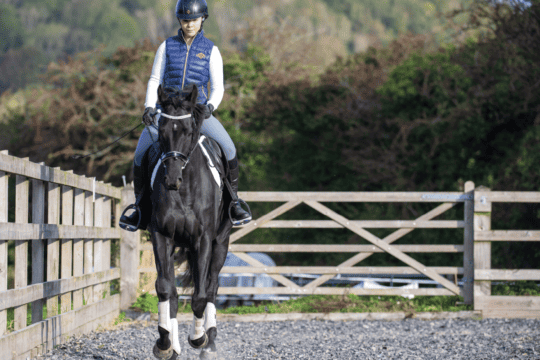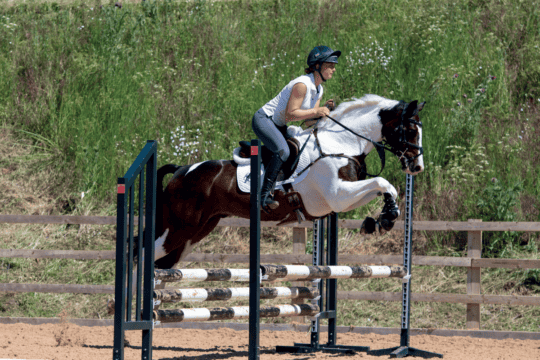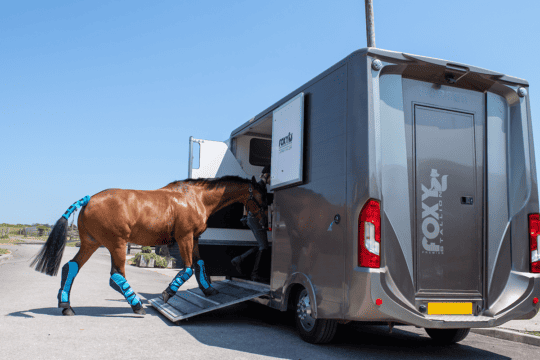-
Riding Schooling and Training
-
Health and Veterinary
-
Management
-
Mind Matters
-
Buying and Selling
-
Insurance Advice
FAQs
In this month’s issue of Horse&Rider, we speak to five experts to bring you the ultimate guide to how to trot up your horse.

Whether you are teaching a young horse, trotting up for your vet for a five-stage vetting, or at a show or competition, we have the advice you need.
Here David Ingle, judge for Dubarry Burghley Young Event Horse classes, explains what he is looking for as a judge.
“I love judging the Dubarry Burghley Young Event Horse classes – not only is it a showcase for event horses with world class potential, the in-hand conformation and type section is excellent training for young horses preparing for a career in international eventing where inspections trot-ups are mandatory,” explains David.
“The format of the class sees four- and five-year-old horses complete back-to-back dressage and jumping sections, before being stripped of tack, tidied up and presented to a judge in-hand. Each section is scored, with the top 10 horses returning to the arena together for a ridden suitability and potential assessment. Horses compete at qualifiers throughout the season, aiming to for a prestigious final at Burghley Horse Trials,” David continues.
“During the initial in-hand assessment, the horse is meant to stand still and relatively square so the judge can walk around and view them from all angles. It is the handler’s role to present the horse to the best effect, so the judge can form the best opinion of the horse in front of them.”
“With in-hand presentations, it is up to the handler to show the horse to the best effect. I think of it a bit like looking at a car to buy. If it is parked in the shade, covered in mud and full of rubbish, you have to look that much harder to find things to like,” says David Ingle.
“It is also good to remember that judges are often under time constraints – and a horse that won’t stand still or barges around during the trot up will give the judge less time to form a considered opinion. In a competition atmosphere with dozens of horses to examine, the judge doesn’t have time for a second look.”
“When judging the young event horse classes, I’m also looking for clues as to the horse’s temperament and trainability. I don’t mind if the horse is sparky and feeling the atmosphere a bit during the conformation and type section, but I do need to see that they are manageable and want to work with their handlers”, David concludes.
David’s top tip
As an event horse, inspections and trotting in hand it will become part of his job at competitions. Teach him to behave, travel straight and move much as he would in his dressage test















